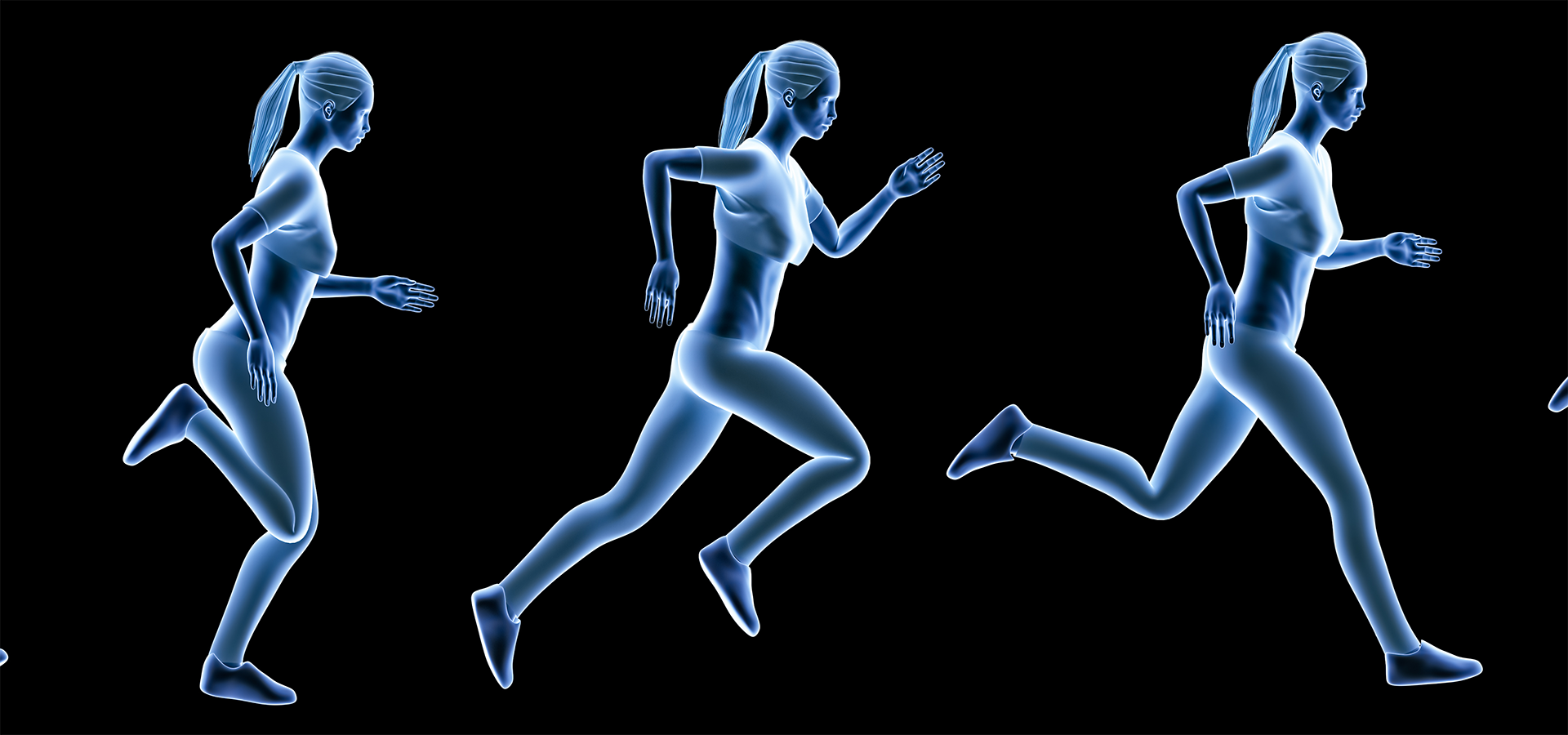
Applied Sports Biomechanics & Plantar Pressure Mapping Technology
Applied Sports Biomechanics is foundational knowledge for practitioners in human performance and sports medicine.
When it comes to turning science into practice, a proper understanding of biomechanics principles and their relationship to real-world scenarios in professional sports can profoundly impact an athlete's health and performance.
Coaches, Sports Scientists, Physiotherapists, and Sports Medicine Professionals have been using biomechanics knowledge for decades to improve their athletes' performance and reduce the risk of injury.
Quantitative & Qualitative Analysis in Applied Sports Biomechanics
Human motion can be studied with specific assessment tools for athletic performance improvement and injury prevention.
Quantitative analysis can be defined as a method of describing motion using numbers, i.e., investigating the kinetic factors that create human movement and locomotion. Qualitative analysis, on the other hand, deals with the quality of movement. It can be seen as the way coaches and clinicians assess and treat movement dysfunctions and faults.
Quantitative analysis uses specific hardware and software, whereas qualitative analysis primarily relies on the 'Coaching Eye' or the ability to identify movement components based on visual observation.
Both methods are integral to the work of professionals in human performance, and which one to use depends on the assessment's goal.
Plantar Pressure Mapping & Movement Analysis
Plantar pressure measurement technology, like XSENSOR's Intelligent Insoles, falls between the two methods. This technology can be defined as a hybrid tool that integrates quantitative analysis with some elements of qualitative assessment.
The quantitative aspect of plantar pressure mapping is related to measuring pressure and force-related metrics: peak pressure, average pressure, peak load, time to peak load, impulse, and gait line velocity are all valuable metrics that provide unparalleled information about the kinetics of human motion. They measure the forces responsible for a change in position.
The qualitative aspect is related to the fact that plantar pressure mapping, due to its unique sensor configuration and characteristics, in addition to measuring the forces underlying motion, also shows how those forces are transmitted and distributed through the surface of the foot. This means we can appreciate the quality of force application and the overall movement efficiency.
Any movement can be successfully evaluated, ranging from general patterns such as walking and running gait or jumping and landing to more sport-specific skills such as changes of direction, weight-shifting, volleyball split steps, or golf swing, among others.
Wireless plantar pressure insoles allow the translation of biomechanics principles into practice by helping coaches, sports scientists, and sports medicine practitioners integrate their observational skills by measuring and assessing what the eyes cannot see.
